Antoine Rolland
ERIC
300 GHz wireless link based on an integrated Kerr soliton comb
Oct 28, 2022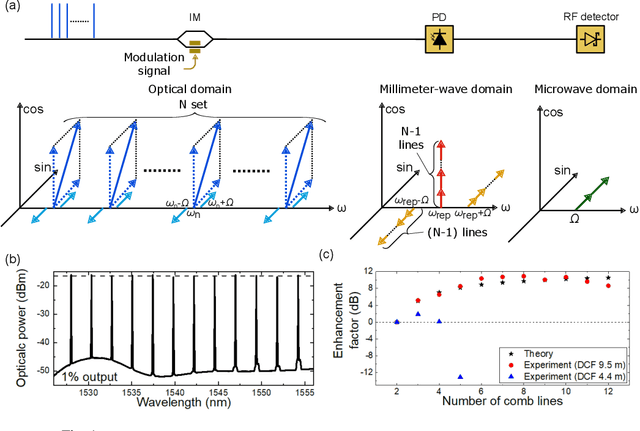
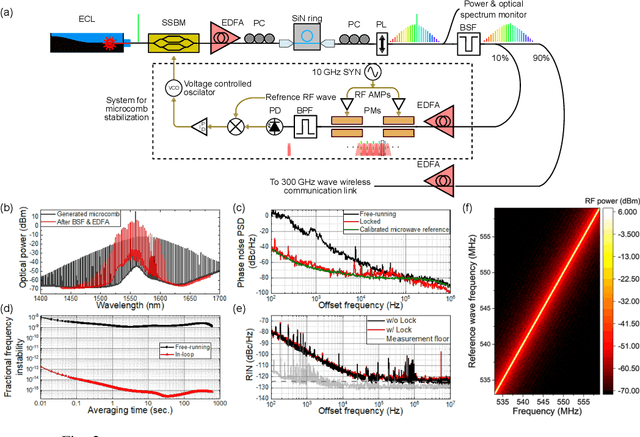
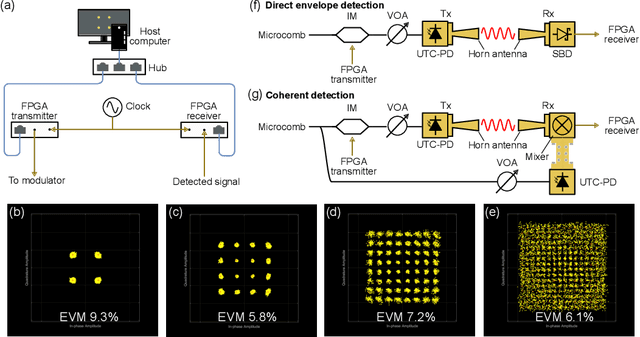
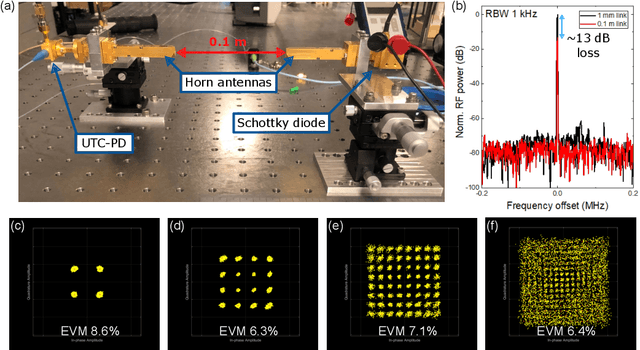
Abstract:A Kerr microresonator frequency comb has enabled the generation of low-phase-noise millimeter- and terahertz-waves in conjunction with an ultrafast photodiode. It is intriguing to employ the new light source in wireless communication at above 100 GHz band, where a carrier signal with a high signal-to-noise ratio is desired to achieve higher data rates. In this study, we demonstrate two simple and efficient architectures of wireless links based on a microresonator comb. We show experimentally that simultaneous modulation and detection of multiple comb lines result in >10 times stronger modulation signal strength than two-line detection at a receiver. Successful transmission of complex modulation format up to 64 quadrature amplitude modulation proves that a microresonator comb and the proposed modulation method are effective in modern wireless communication.
A Note on Data Simulations for Voting by Evaluation
Apr 15, 2021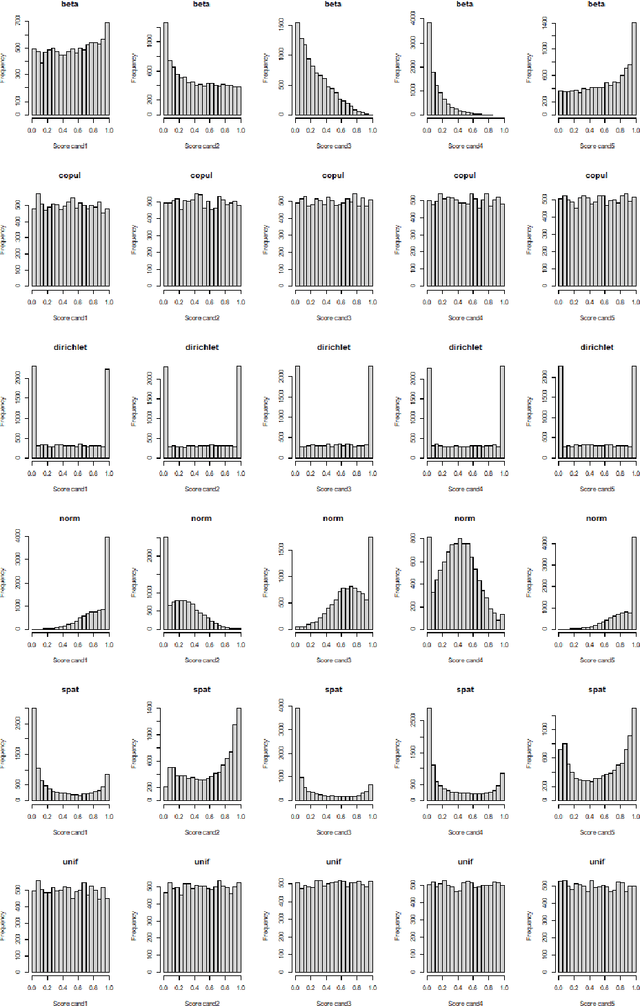
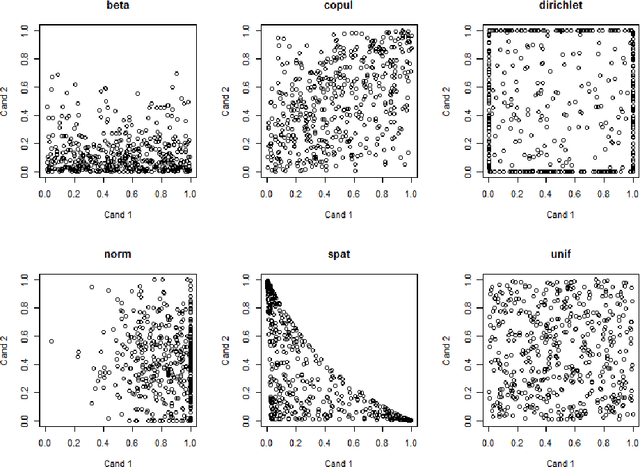
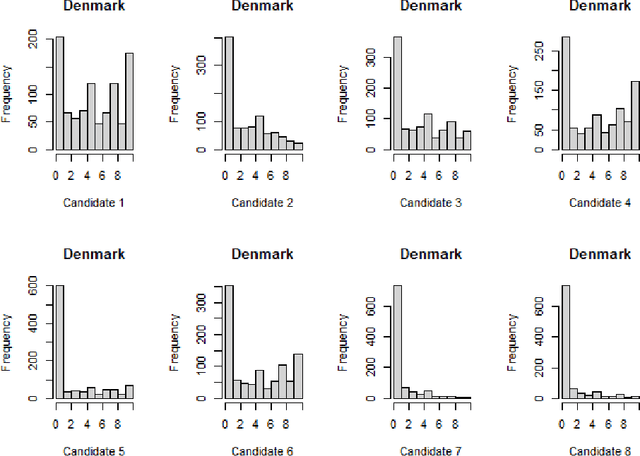

Abstract:Voting rules based on evaluation inputs rather than preference orders have been recently proposed, like majority judgement, range voting or approval voting. Traditionally, probabilistic analysis of voting rules supposes the use of simulation models to generate preferences data, like the Impartial Culture (IC) or Impartial and Anonymous Culture (IAC) models. But these simulation models are not suitable for the analysis of evaluation-based voting rules as they generate preference orders instead of the needed evaluations. We propose in this paper several simulation models for generating evaluation-based voting inputs. These models, inspired by classical ones, are defined, tested and compared for recommendation purpose.
 Add to Chrome
Add to Chrome Add to Firefox
Add to Firefox Add to Edge
Add to Edge